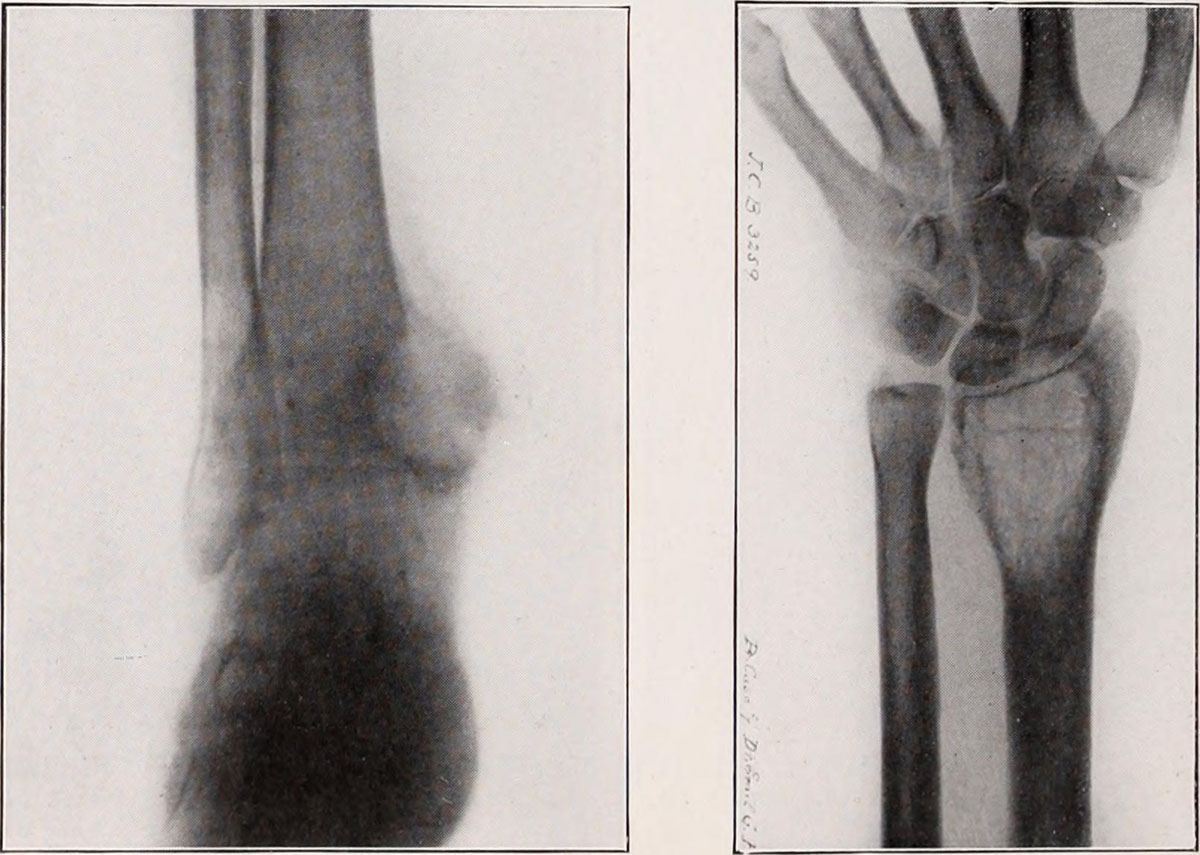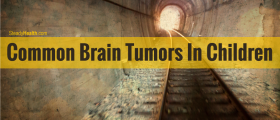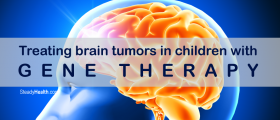
There are several types of benign bone tumors. They include osteochondroma, enchondrima, chondroblastoma, chondromixofibroma, osteoid osteoma and benign giant cell tumor. Some of them may develop into malignant tumors while others are completely benign and cause no problems at all.
Osteochondroma
Osteochondroma is the most common benign tumor originating from bone tissue. It develops near the ends of the long bones. Osteochondroma generally affects people between the age of 10 and 20. There is either one or multiple tumors. Multiple ostechondromas run in families. Even though these tumors are benign in certain number of patients they may develop into a malignant form called chondrosarcoma. Some osteochondromas are removed surgically (tumor excision) and this is generally performed in case the tumor is compressing on a large nerve, causing pain, disturbing growth etc.
Enchondroma
Enchondroma affects people of all ages. However, the majority of patients are between the age 10 and 40. These tumors develop within the medullary bone metaphyseal-diaphyseal region. Small enchondromas are asymptomatic while larger ones cause pain. They are most commonly found accidentally during X ray examination performed in other purposes. Asymptomatic enchondromas do not require biopsy, excision or other treatments but such patients must undergo regular check-ups and imaging studies in order to follow progression of the disease.
Chondroblastoma
Chondroblastomas are rare benign tumors that commonly occur in people between 10 and 20 years of age. They affect the epiphysis and by growing they destroy bone and adjacent joint. This tumor requires surgical removal (curettage) and further bone grafting of the cavity. There is 10-20% of chance for local recurrence of the tumor. Tumor recurrence requires repeated curettage and bone grafting.
Chondromyxofibroma
This is a very rare tumor and affects people younger than 30. Chondromyxofibroma is on imaging studies in a form of eccentric and sharply circumscribed, lytic bone lesion that develops near the end of the long bones. The tumor is first biopted and then treated with curettage and surgical excision.
Osteoid Osteoma
This tumor affect people between 10 and 35 years of age. It generally develops in long bones. Osteoid osteoma causes pain (particularly intensive during night). The pain can be controlled with mild pain relievers. Children who are growing the tumor may cause overgrowth and limb length discrepancy. There may also be atrophy of regional muscles since patients do not use certain muscles because of the pain. Osteoid osteoma is treated with percutaneous radiofrequency ablation. In small number of cases the tumor is surgically curetted or excised.
Benign Giant Cell Tumor
This tumor affects people in their 20s and 30s. Benign giant cell tumor starts in the epiphysis and may erode the rest of the bone and even spread to soft tissues. These tumors are highly likely to reoccur once they are removed. In rare cases the tumor may give lung metastases even though it is pathohistologically considered benign. The tumor is treated with curettage and packing with methyl methacrylate or by bone graft. In order to reduce potential recurrence surgeons use an adjuvant such as thermal heat or chemical such as phenol or freezing with liquid nitrogen. Large benign giant cell tumors require excision and reconstruction.

















Your thoughts on this
Loading...